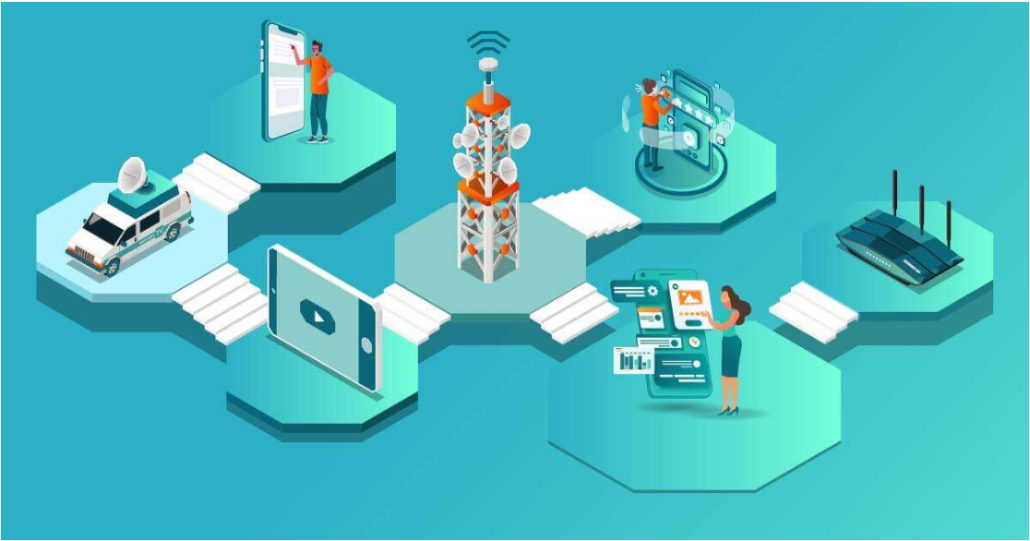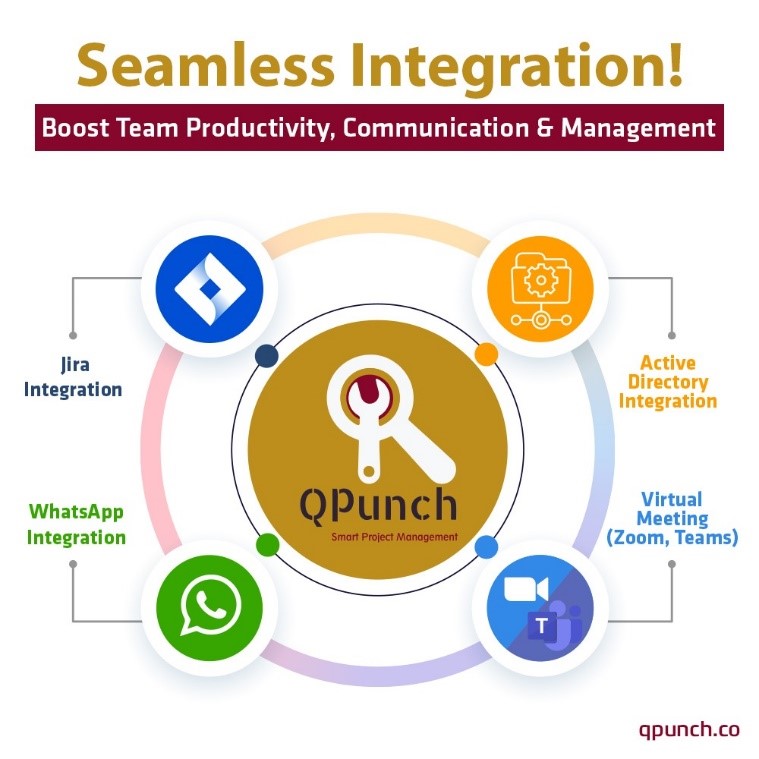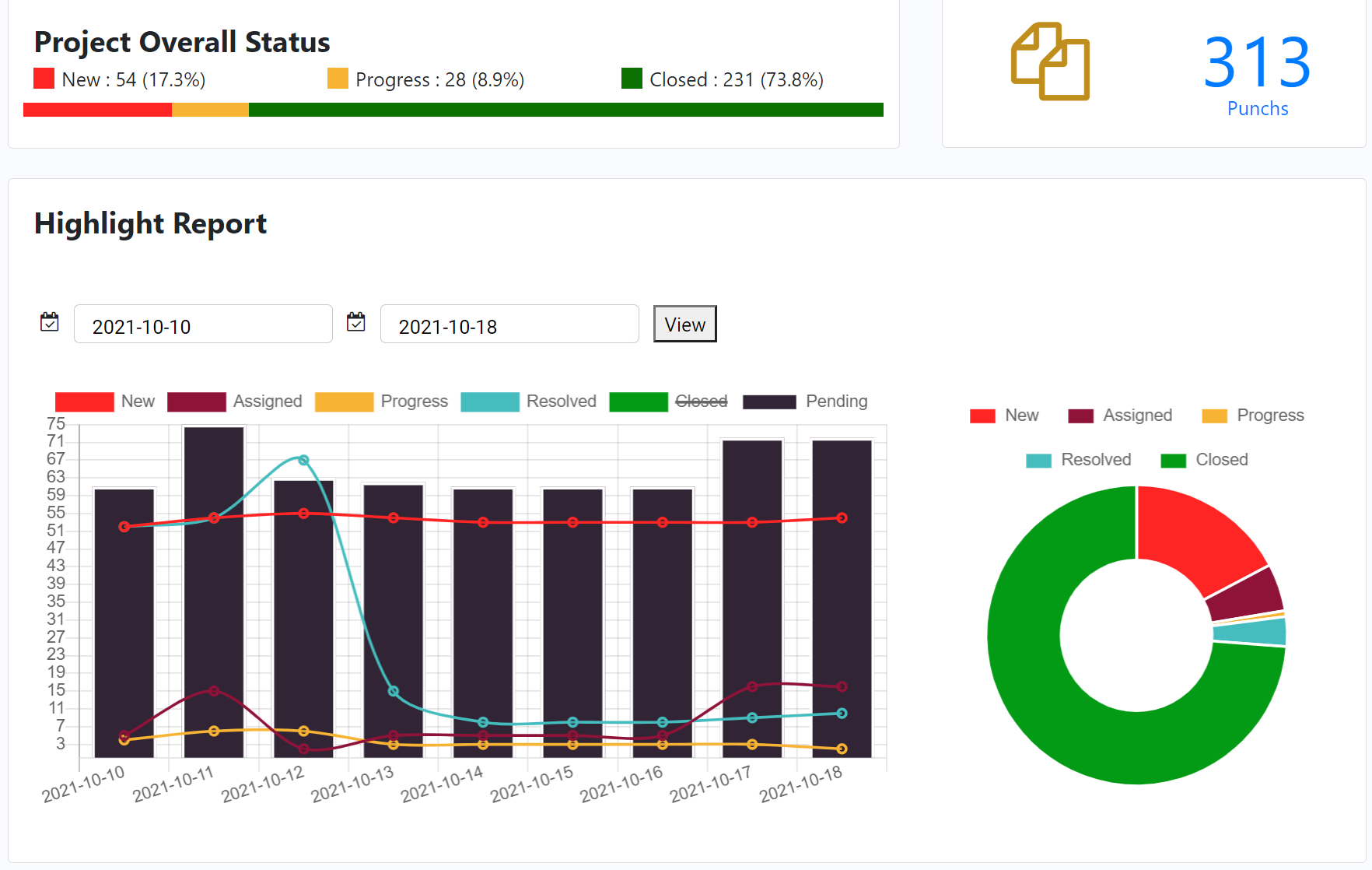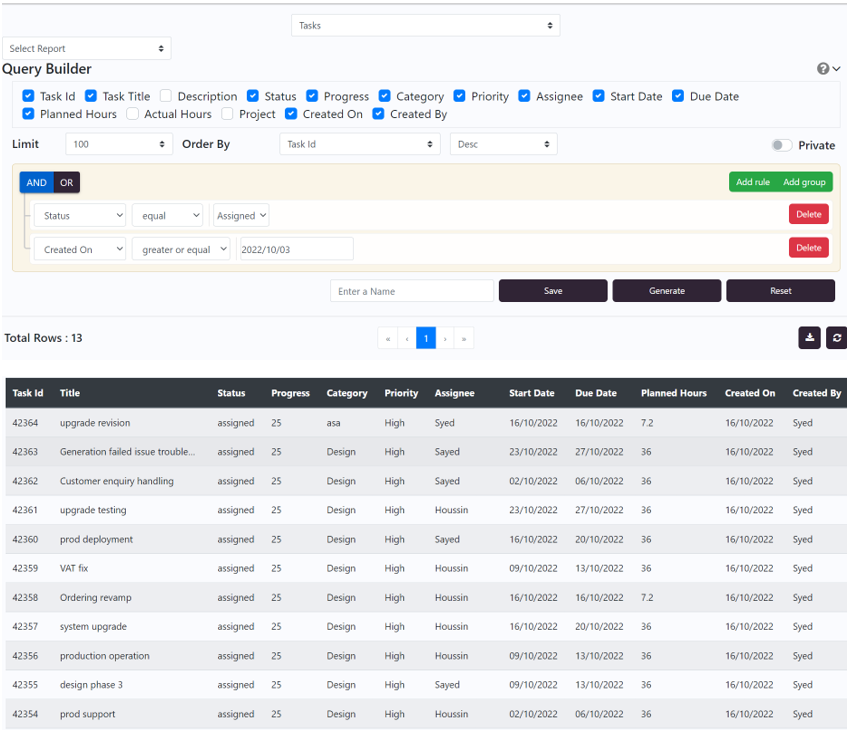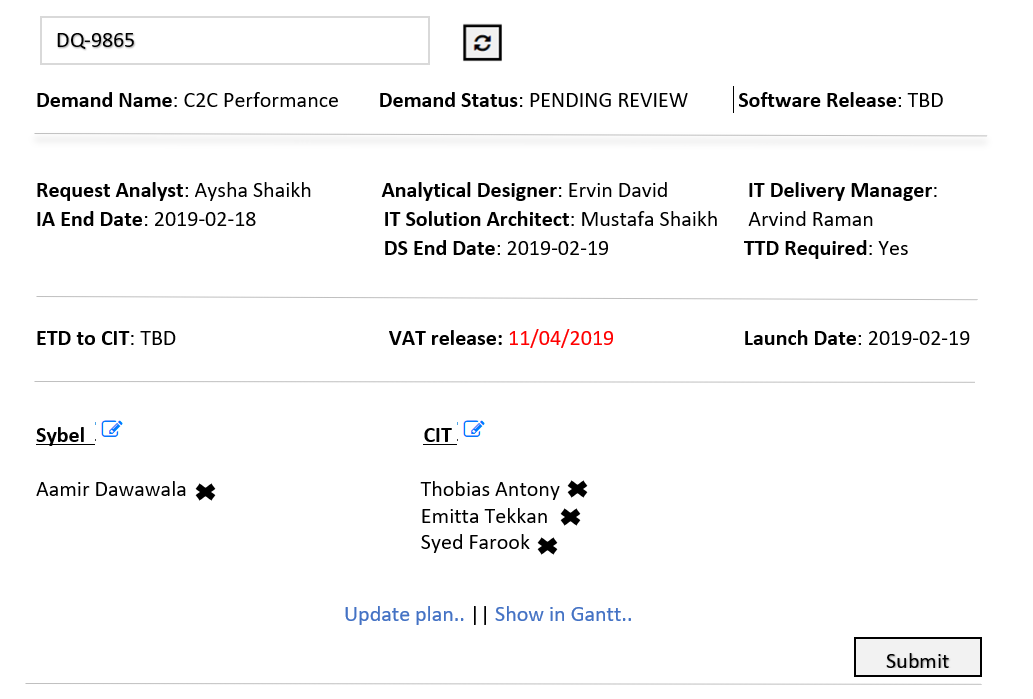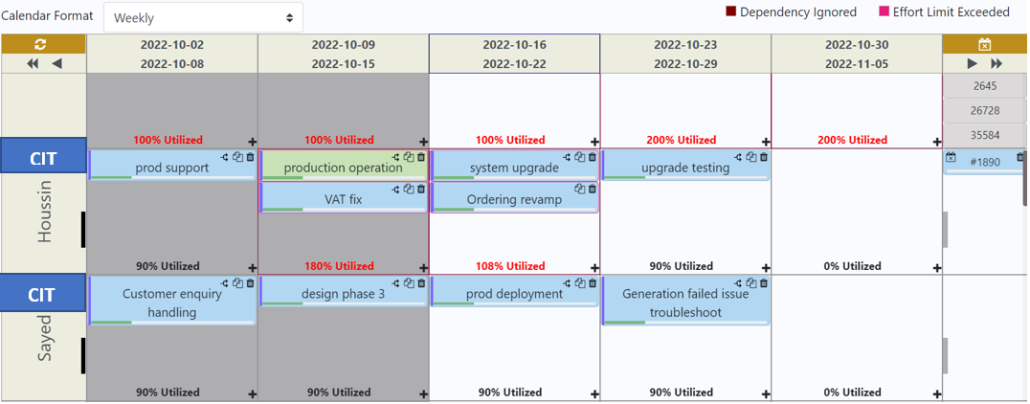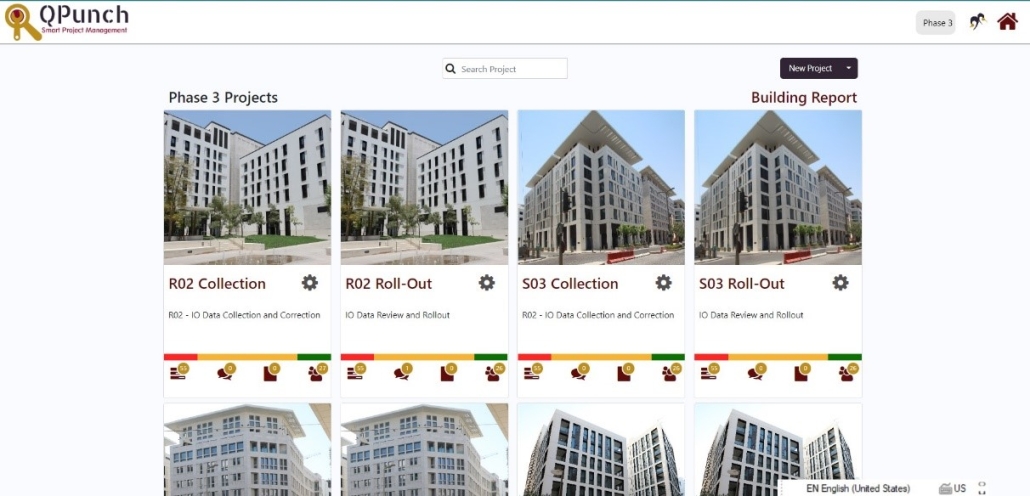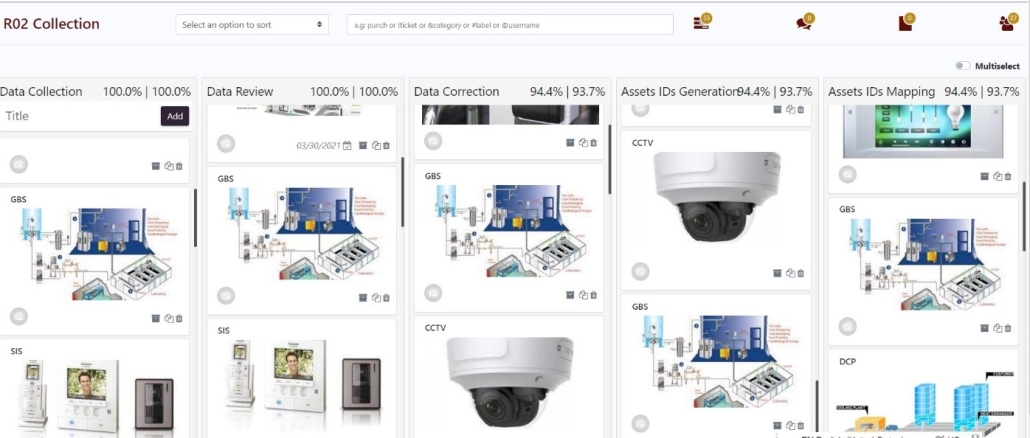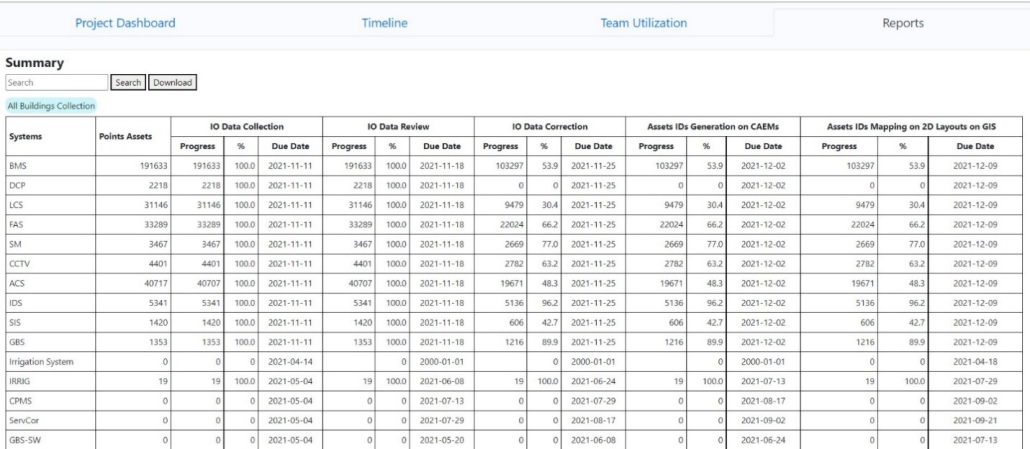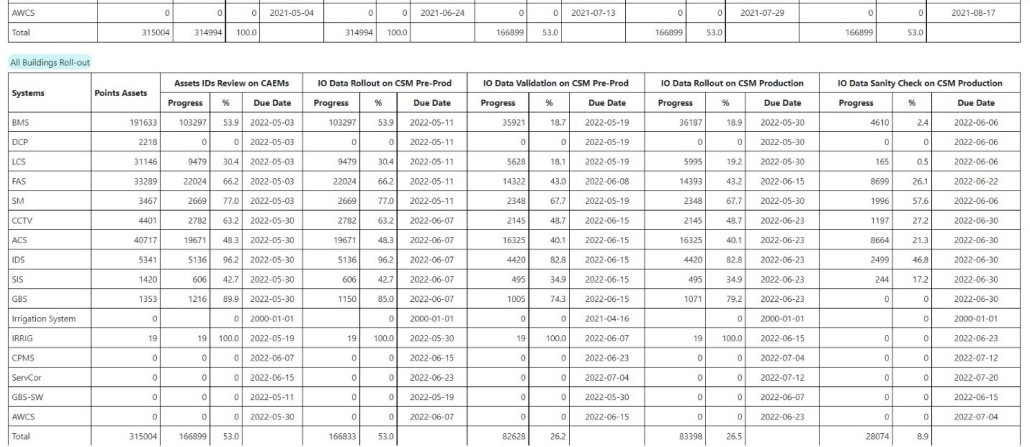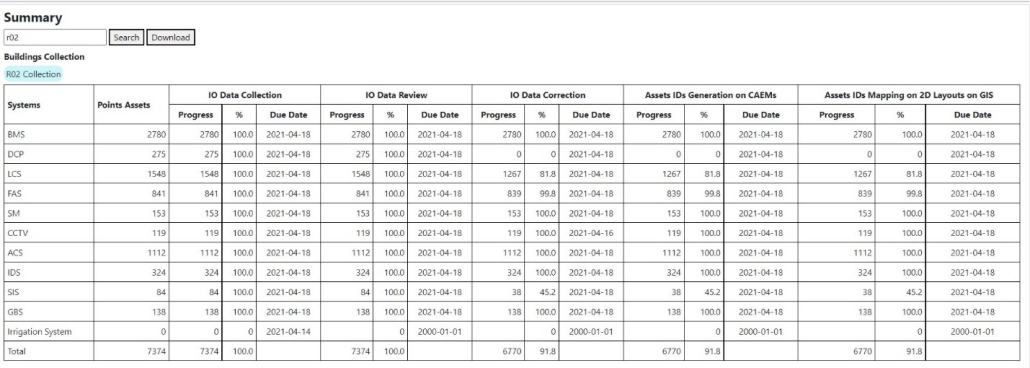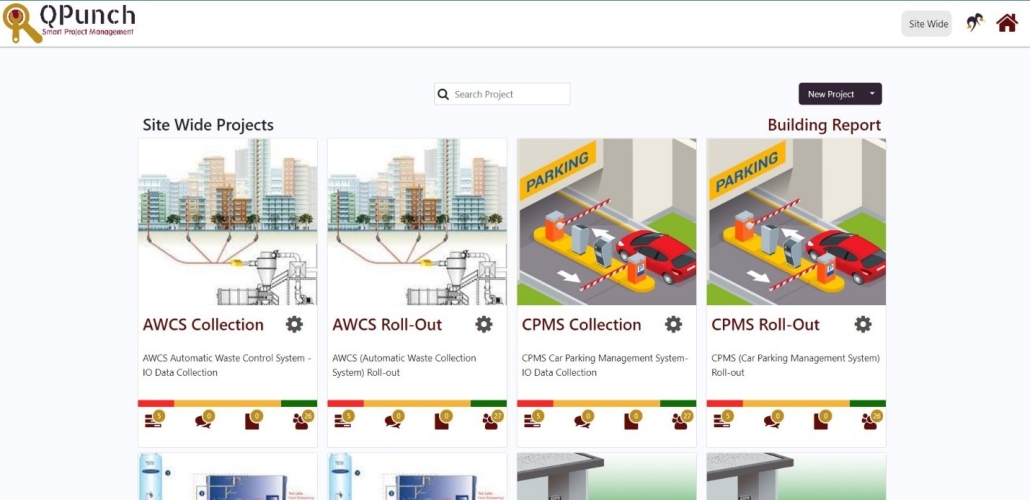Digital Transformation of Management Operations in Banking Industry
Digital Transformation of Management Operations in Banking Industry

Problem Statement
Our client being one of the biggest bank in Qatar had a high demand for digital transformation from the internal units. They were seeking an enhanced way for managing their projects with Agile practices. They explored many tools with Agile capabilities but were struggling to find the right enablement of traditional waterfall method with Agile practices in a single tool. They wanted a tool which could easily transform their existing project processes towards Agile way of working and not distract the current business operations and existing development work.
Solution

The Bank approached PMObytes for demo on Jira Software for Agile Scrum Framework enablement in their development process. We analysed their situation and identified their needs to have a smooth transition with an effective result. The approach we decided was to implement Jira software in phases and apply two initial projects with the desired methodology.
Through conversation with our Atlassian consultant and Solutions Architects, we agreed to implement the Agile framework in overall 3 weeks time frame with implementing the Atlassian best practices for at least two projects. We also decided to provide training to the Project Management Team and Scrum managers to manage Scrum and Kanban boards to manage their projects efficiently.
To further smoothen this transition and enable a hybrid environment merging the classical and new way of working. We implemented the following marketplace plugins:
- Implemented BigPicture
○ Plan and manage your initiatives,
○ Lead teams and set priorities,
○ Supervise performance and track progress,
○ Coordinate resources and distribute workloads,
○ Detect and respond to risks, and much more - Implemented ScriptRunner in Jira environment
- Implemented Tempo Timesheets – Time Tracking & Reports
○ Embedded Time Tracking Saves Time via Automation
○ Create Automated Reports Based on Reliable Data
○ Make Fact-Based Decisions
What we Analysed?

We took a deep dive into their corporate workings and have thoroughly gone through all of their management practices. While they are achieving what they wanted in the end, we identified numerous problems that are increasing the costs for them and making their employees do a lot of manual work.
Here’s what we have analysed in a nutshell:
- Project planning was tedious and was involving manual collection of information from many stakeholders.
- Assignment of tasks and tracking progress were slowing things down and even involved some manual work.
- Project Progress and estimates are also being tracked similarly.
- Changes to issues were managed manually through done on spreadsheets.
How did we figure out the right technology?
Right technology is nothing but that solves the current problems with full effectiveness and efficiency. So, while brainstorming the right technology for our client’s problems, we decided to have a flexible solution that would cover all the client’s problems and accommodate any future changes too. As much of the problems here are related to project management, our natural foray would be the JIRA Software.

Jira Software
Jira is highly configurable and flexible to allow for usage in a wide variety of environments and processes. The Jira workflows, issue types, and screens enable tailoring for almost any scenario and can easily be changed via the administration GUI.
Atlassian developed this software and it works on a Kanban board system and supports by default SCRUM Framework to enable Agile Practices.
What problems can JIRA solve?
JIRA can help in:
- Easily implementing agile methodology by using Kanban and SCRUM boards
- Creation of multiple issues, assigning them to the right people and keeping all the required information in a single place which can be dynamic.
- Fully customizable issue, in which one can add almost any kind of information plus providing relevant tags.
- Highly functional search mechanism, which lets its users efficiently filter through various issues in Jira. They even have their own Query language for advanced searches which can be stored as unique filters.
- Maintain confidentiality by letting its administrators provide granular access to information to users.
Basically, JIRA helps in efficient management of almost any project and lets the team follow and implement agile methodology.
Now, while JIRA is very powerful, it can’t provide every needed feature. This is where its extensibility comes into the picture. There are lots of plugins we can use with JIRA which can enhance the JIRA and make it more powerful.
These are some of the features JIRA does not give out of the box efficiently:
Gantt Charts, Cross portfolio work, Supervision and some more advanced project management methods.
For these issues, we have decided to use Big Picture. Big Picture provides all of these features and also provides an easy way for creating safe compliant Roadmaps and more efficiency in planning, leading teams, and setting priorities.
Technology Deployment
Once we choose the right technology, we then work on deploying and configuring the technology to be suitable to the client’s needs. The Bank has its own data centers which it uses for multiple purposes. We deployed the JIRA software to their own data centres and made it accessible to all the required people.
PMOBYTES SUPPORT SERVICES
Post implementing the Atlassian best practices for the initial 2 projects with our Atlassian experts. The results drove tremendous efficiencies in the existing business processes and solutions. We then deployed our Atlassian Administration Consultant onsite for 12 months to onboard rest of business projects and follow the best practices for all the remaining projects.
Result
As a result of implementing JIRA for project management we were able to achieve:
High Efficiency: The Bank was able to complete more work in less time without much manual work.
High Security: With granular access and robust security of data, Bank’s data is now more secure and safe from malicious threats.
Ease of Access of Information: With the power of JIRA and Marketplace Plugins, information is now easily accessible from their huge collection of data.
Productive and Happy Employees: With a heavy load of manual work lifted off their shoulders, employees are more productive and happy.
Reduced Cost: Finally, With such automation and improved efficiency, Bank was able to significantly cut costs and increase profit.
Conclusion
We analysed all of their operations and implemented JIRA along with Big Picture that has improved the efficiency of their operations
Post implementation, we are providing additional support services and regular reviews so that their project environment is ever evolving with the current demands of the time.

